A single copy of the following may be made for use by an instructor for their review, education, or preparation for a classroom lecture. This information and copies cannot be distributed in the classroom.
- A chapter from a book.
- An article from a periodical or newspaper.
- A short story, short essay or short poem, whether or not from a collective work.
- A chart, graph, diagram, drawing, cartoon or picture from a book, periodical or newspaper.
Multiple copies can be made not to exceed more than one copy per student enrolled for the course for use in the classroom or discussion and the following tests are complied with:
Poetry
- A complete poem may be copied if it is less than 250 words and is printed on less than two pages.
- An excerpt from a longer poem may be copied, but must not contain more than 250 words.
- Each of the restrictions listed in (1) & (2) may be expanded to include unfinished sentences of a poem.
Prose
- A complete article, story or essay of less than 2500 words.
- An excerpt from any prose work of not more than 1000 words or 10% of the work; whichever is less, but in any event a minimum of 500 words.
- Each of the restrictions listed in (1) & (2) may be expanded to include unfinished sentences of a paragraph of prose.
Illustrations
- One chart, graph, diagram, drawing, cartoon or picture per book or per periodical issue may be copied for distribution.
Special Works
Certain works in poetry, prose or in “poetic prose” which often combine language with illustrations and which are intended for children and at other time for a more general audience which fall short of 2500 words in their entirety may not be reproduced in their entirety. The following guidelines apply to these works:
- An excerpt comprising not more than two of the published pages of such special work and containing not more than 10% of the words found in the text may be reproduced.
Spontaneity
The use of the spontaneity section would apply to current social, historical, and scientific events/discoveries which would lose impact for study at a later date. The copying is at the instance and inspiration of the individual instructor and:
- The inspiration and decision to use the work and the moment of its use for maximum teaching effectiveness are so close in time that it would be unreasonable to expect a timely reply to a request for permission.
- All conditions that relate to the use of prose applies to this section.
Cumulative Effect
- The copying of the material is for only one course in the school in which the copies are made.
- Not more than one short poem, article, story essay or two excerpts may be copied from the same author, not more than three from the same collective work or periodical volume during one class term.
- There shall not be more than nine instances of such multiple copying for one course during one class term.
- The limitations stated in (2) & (3) shall not apply to current news periodicals and newspapers and current news sections of other periodicals.






